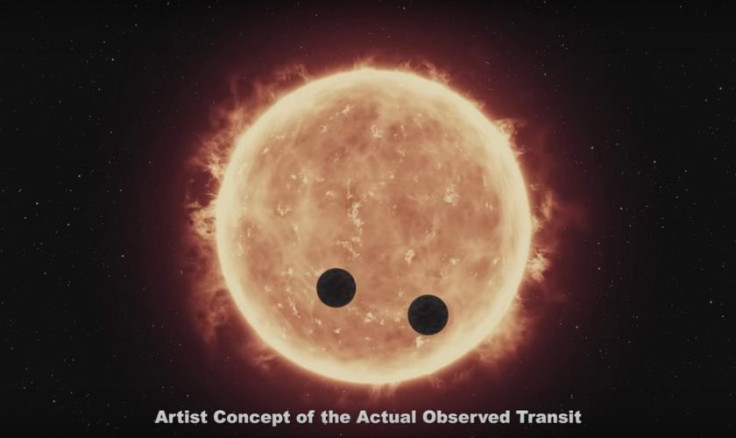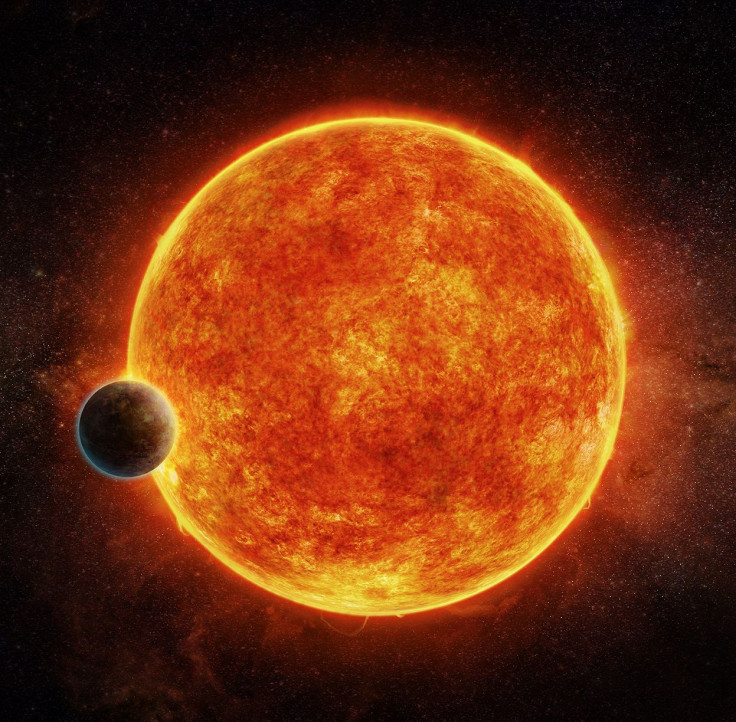Possibility Of Life On Other Planets More Remote Than Previously Thought: Study

For a long time, it has been thought that one of the conditions necessary for the existence of life as we know it on another planet would include the presence of liquid surface water. And one of the ways in which we try to guess if an exoplanet has liquid water on its surface is by looking at the distance between the planet and its star.
Depending on the star’s size and the stage of life it is in, the so-called Goldilocks zone is a circular band in space around the star where liquid water would not boil away or freeze over. And a large number of exoplanets have been found in that zone, leading both scientists and laypeople to imagine the possibilities of aliens or even finding another home for humankind once Earth is no longer enough.
Read: Proxima b, Closest Exoplanet To Earth, Likely Not Habitable
But two new studies published Monday temper such fancies. One of them, a NASA study published in the Astrophysical Journal Letters, looked specifically at Proxima b, the nearest exoplanet to Earth. The planet orbits Proxima Centauri, a red dwarf star in a triple star system. The study found that any atmosphere the planet may have had likely burnt up a long time ago, like in the case of Mars, even if the exact reasons and dynamics were different.
The other study, published by researchers from China, the United States and Canada in the journal Nature Geoscience, used climate model simulations to show “that a habitable state is not achieved in the climatic evolution of those icy planets and moons that possess an inactive carbonate–silicate cycle and low concentrations of greenhouse gases.”

Going beyond just the location in the Goldilocks zone or the properties of a planet’s atmosphere, the researchers consider the evolutionary history of its climate too. Using the example of icy moons within our solar system — Europa and Enceladus — as well as icy exoplanets that have been discovered in orbit around F- or G-type main-sequence stars, the study found “that the stellar fluxes that are required to overcome a planet’s initial snowball state are so large that they lead to significant water loss and preclude a habitable planet.”
In other words, the amount of energy required from a star to thaw an icy planet is so large that it will either lead to water vapor accumulating at heights in the atmosphere from where it can be easily lost to outer space, or it will create so much heat that the liquid water will all simply boil away. The first scenario is referred to as exceeding the moist greenhouse limit, and the second is the runaway greenhouse limit.
Read: Massive Stellar Eruptions Could Be Making Exoplanets Uninhabitable
The researchers, led by Jun Yang from Peking University in Beijing, conclude “that some icy planetary bodies may transition directly to a moist or runaway greenhouse without passing through a habitable Earth-like state.”
To reach their conclusion, the researchers tested a number of different scenarios in their simulations. These included changing the amount of light from the host star, the amount of light reflected by the planet’s surface, the mass and size of the planet, concentration of carbon dioxide, atmospheric pressure, surface topography, the concentration of clouds and the orbital inclination.
© Copyright IBTimes 2024. All rights reserved.





















